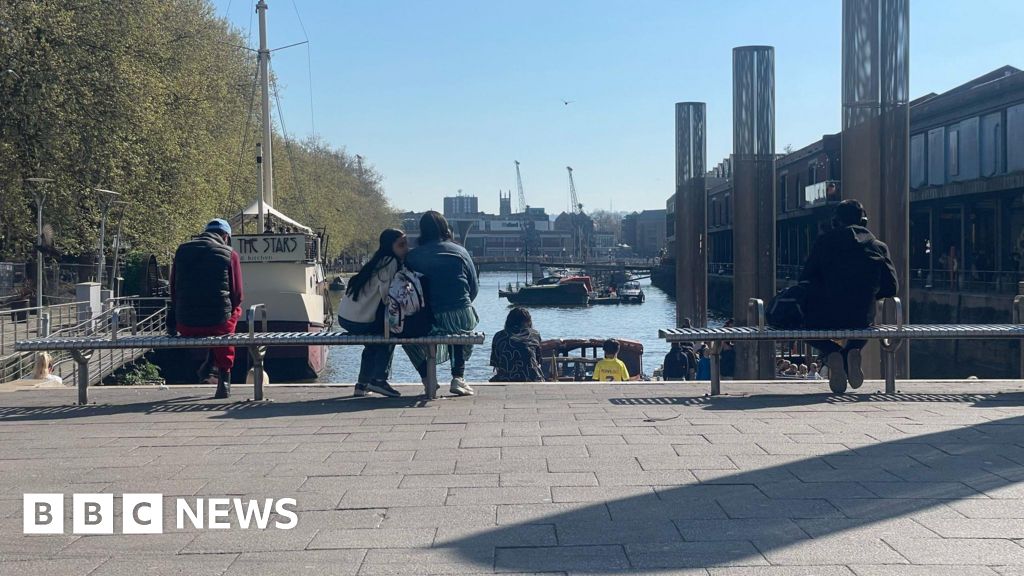ARTICLE AD BOX
9 minutes ago
By Sir John Curtice, BBC polling expert

 BBC
BBC
Labour have likely secured their anticipated landslide victory, though the party may have fallen just short of the majority Tony Blair won in the 1997 general election.
They may have achieved this on a smaller share of the vote than former leader Jeremy Corbyn secured in 2017.
Both the Conservative share of the vote and their seat tally could be the lowest in the party’s history. Their seat tally might be affected by their vote falling more heavily in seats where they were previously strongest - a pattern that is largely because support for Reform has risen most there.
To add to the Conservatives’ travails, the rise in Labour support is stronger in seats where the party started off second to them. Equally, the Lib Dems have performed especially well in seats where they started second to the Conservatives - and particularly in ones the party held until 2015.
It is these patterns that, above all, help explain why the Conservative seat tally is expected to be so low.
Mortgages hit Tory vote
It appears the Conservatives have suffered heavily in places where more than a third of households have a mortgage – a reflection perhaps of the damage caused by former prime minister Liz Truss’s “fiscal event“.
It looks as though Reform UK may win more seats than many polls suggested. This is largely because the Conservative vote has fallen far in seats they previously held, but also because Reform have advanced most in seats where more people voted Leave in 2016. This is especially the case in seats being defended by the Conservatives.
Reform are also inevitably advancing more strongly in seats that the Conservatives won in 2017 - where the Brexit Party did not stand in 2019.
However, how many seats Reform will win is highly uncertain.
Our model suggests there are many places where they have a chance - but a relatively low one - of winning.
Labour’s vote rises in areas of poor health
Meanwhile, Labour’s vote is up more in seats where a large part of the population say they are in bad health - a measure of relative deprivation - and in places where more people voted Leave in 2016. The party also seems to be advancing strongly in Scotland but less well in Wales, where they are in power.
While the Lib Dems are doing relatively well in seats where they start second to the Tories, conversely their vote has been squeezed somewhat in places where the Conservatives were facing a challenge from Labour.
They also appear to be doing better in places with a relatively high Leave vote, which was one of Ed Davey’s objectives.
The Greens are performing particularly well in places where the population is relatively young. Their success in these places may help to explain why Labour’s share of the vote nationally might be less than 40%. The Greens may still only pick up two or three seats, despite recording their highest-ever general election vote share because of its even distribution across the country.
Questions remain in Scotland
In Scotland, it appears the SNP have suffered a more substantial reverse than was anticipated by most polls. Though the decline in the party’s support appears to be lower in places where a high proportion of people identify as Scottish rather than British.
The exit poll only has a small number of sampling points in Scotland. If the poll has even slightly overestimated Labour’s advantage over the SNP, the latter’s tally could end up being higher.
The forecast for the SNP - and for Scotland in general, where the exit poll is pointing to substantial Labour gains - must thus be treated with a great deal of caution.

 9 months ago
43
9 months ago
43








 English (US) ·
English (US) ·